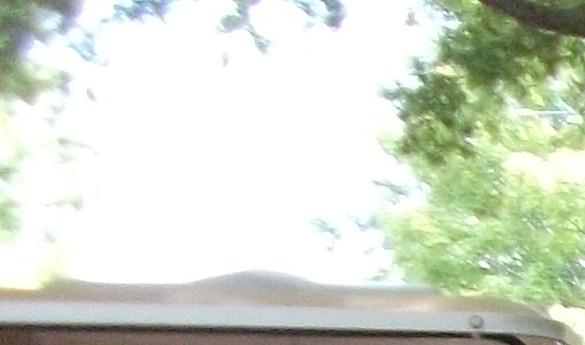University to promote bicycling through new path and share program
George Mason University’s commitment to reducing its environmental impact and fostering a bicycling community on campus has led to a series of new projects, including a bike path that would stretch from the Fairfax campus to the Vienna-Fairfax-GMU Metro Station and a bike-sharing program on campus.
Mason’s Office of Sustainability has joined with the local bicycling community to create a series of new initiatives to achieve carbon neutrality by 2015. Chief among them is a new bike share program on campus, which allows students to rent bicycles for two hours and return them at one of four locations across campus. The program is brand new this fall and requires customers to either pay a $6 fee for one month of use or $3 for a single use. There is a 95 cent fee for the first hour overdue and a $1 fee added every hour after.
The bike stations are presently located outside Student Union I, Starbucks, the Shenandoah Parking Deck, and the Johnson Center’s North Plaza, with hopes of expanding to the RAC and the Field House if the program catches on.
The program was started by Tyler Orton, bike program manager for the Office of Sustainability, who brought his idea to the Office of Sustainability and was given $36,000 to invest in the project as part of the office’s new “Patriot Green Fund”. The Patriot Green Fund (PGF) allocates $100,000 per year to projects that increase sustainability on campus. The PGF is student managed, and with the assistance of a mentor, the projects given funding are student run.
Charles Coats, a senior, environmental and sustainability major, and member of the Patriot Green Fund Committee, said that the Bike Share program is a perfect example of the kind of potential for the PGF, the kind of ideas “that help around campus, with biking on Mason as a student fueled and driven initiative.”
The program’s infrastructure is managed by viaCycle, a corporation out of Georgia, which runs a similar program on the Georgia Tech Campus. The program is similar to the large Capital Bikeshare program in D.C., the largest bicycle-sharing program in the country. However, where viaCycle distinguishes itself is the ability to attach to any bicycle rack, rather than requiring use of an expensive docking station. It is cost effective, convenient, and Orton believes it is why the program was perfect for Mason’s growing needs.
In the meantime, he hopes the Bike Share program and the new bike path help bring about a closer biking community at George Mason University.
According to a February 2012 study, despite both George Mason University and the Vienna Metro Station showing a strong bike-using population, there is no bicycle friendly route between Mason’s Fairfax Campus and the Vienna Metro Station. The station is five miles away and with 73 percent of Mason’s student population living off campus. Commuters provide substantial congestion to Fairfax-area traffic.
Matthew Tiller, a Junior Government and International Affairs major, is an avid bicycler who regularly commutes to campus.
“Fairfax is great for biking; there are lots of trails around the area, but on campus there are a few areas that are too steep and not particularly accessible for bikers,” said Tiller.
Michael De Robbio, a junior at Mason and a Government and International Politics major, also commutes via bicycle.
“Bicycling on campus really couldn’t be any better, the area is perfect for it and there are several routes between any two locations on campus,” said De Robbio. He also emphasized that putting awnings over the bike racks and installing air pumps demonstrates Mason’s commitment to the bicycling community. As for trails through Fairfax, he said there are a few but not many.
“People need to understand that Fairfax is a city and need to be as responsible here as they would be in DC,” said De Robbio.
A bike path could benefit more than just those using it as an alternative means of communication. The Mason-Metro Bike Study estimated that bike lanes could help reduce traffic congestion or lead to greater patronage of stores along Fairfax’s main boulevards, as well as reducing crowding on the CUE buses and other shuttles in and around the Mason campus.
Fairfax Advocates for Better Bicycling (FABB) lobbies for greater bike accessibility in the general Fairfax area. Bruce Wright, the Chairman of FABB, said the problem most often lies in what is called “The Last Mile,” a problem a bike path between the Mason campus and the Vienna metro station could help solve.
“People can go along the metro or take a bus to and from work, where problems most often arise is in that last mile home, where it’s too far to walk. Bicycling provides a safe and healthy option,” said Wright.
Several paths were proposed, including one along Saintsbury Drive, University Drive, and a “Fairfax Parks” route along the outskirts of town. The first two paths were more direct and passed through town. The third, while safer, was less direct. The existing state of the roads was also taken into account, given that a more remote path would likely need to be repaved.
The Vienna-Fairfax Metro has some of the highest bicycle traffic of any station in the region. George Mason’s expanding bicycle programs plan on integrating the school more into the Northern Virginia bicycling network.

